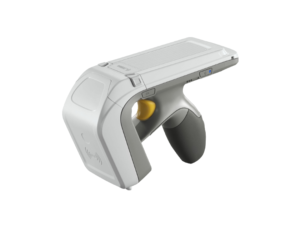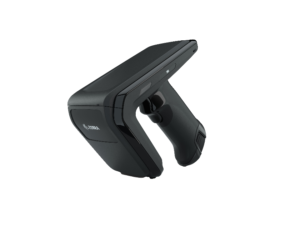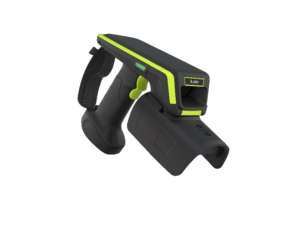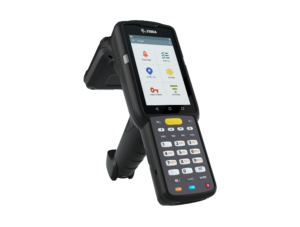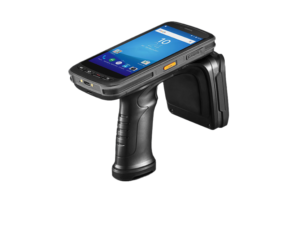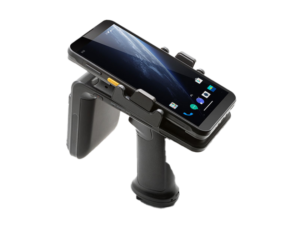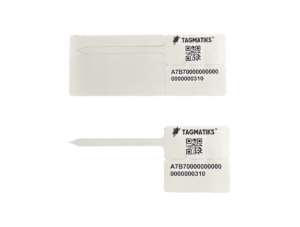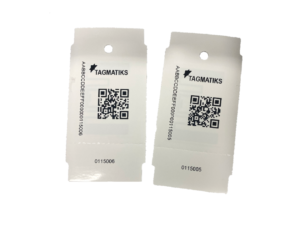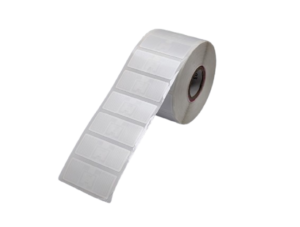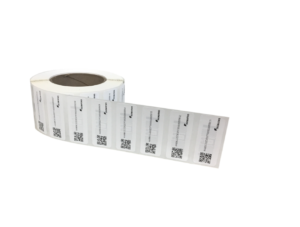RFID in Retail
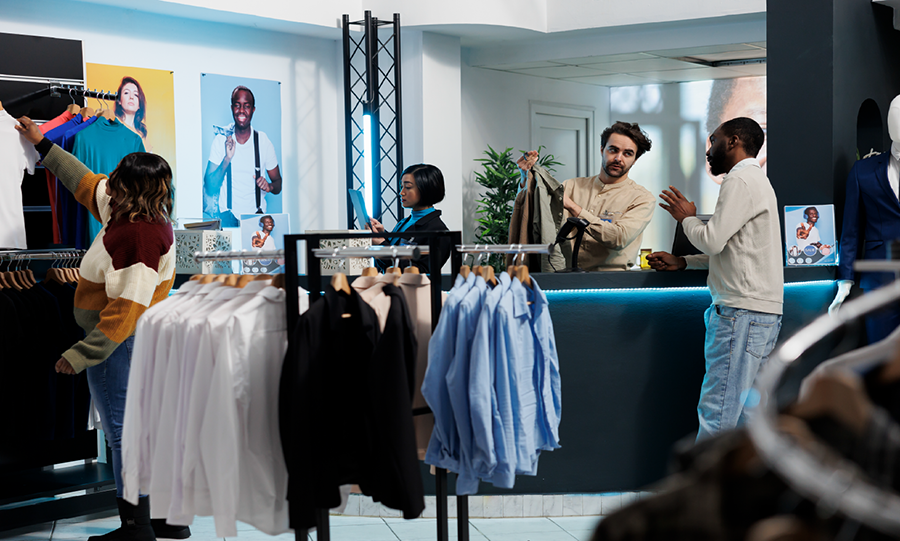
What Challenges Are Retailers Facing Today?
Retailers face challenges such as inventory inaccuracies, shrinkage (loss due to theft, errors, or fraud), inefficient supply chain management, high operational costs, and evolving customer expectations. RFID in retail helps address these issues by improving accuracy, enhancing supply chain efficiency, and reducing operational costs.
Achieve Inventory Excellence in Retail with RFID
Retail Inventory & Material Management
Pinpoint Inventory with RFID
Tag inventory with RFID labels and cut down on traditionally manual business processes as part of your retail supply chain.
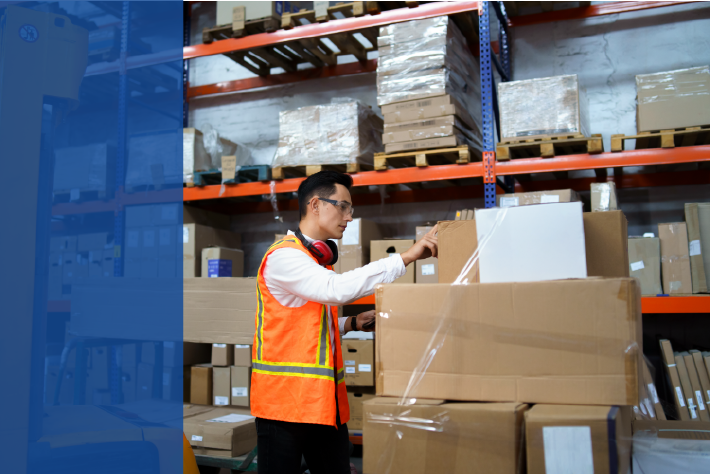

Inventory & Material Management in Retail Stores
Conduct Cycle Counts with Ease Using RFID
Use RFID handhelds to quickly and efficiently cycle count inventory in retail stores. Improve inventory accuracy so you can provide BOPIS and reduce out of stock situations.
Why Should Retailers Use RFID?
RFID boosts retail efficiency & accuracy
- It enables real-time inventory tracking, minimizing stockouts & overstocking.
- Faster stocktaking saves time & resources.
- Improved product availability enhances customer experience.
- RFID also reduces shrinkage due to theft, streamlines operations, and provides data-driven insights for better decision-making.
- It’s crucial for omnichannel strategies.
Benefits of RFID in Retail
Improved Inventory Accuracy
RFID provides real-time inventory tracking, significantly reducing errors compared to manual or barcode-based systems.
Enhanced Customer Experience
Faster and more accurate inventory information helps ensure products are available when customers want them.
Reduced Shrinkage
RFID tags can help in reducing theft and loss by providing better visibility into the inventory in the Retail Store.
Streamlined Supply Chain
Enhanced visibility and tracking throughout the supply chain lead to better coordination and efficiency.
Labor Efficiency
Automated processes reduce the need for manual scanning and counting, allowing staff to focus on customer service and other tasks.
Increased Sales
Better inventory management ensures that popular items are always in stock, reducing lost sales opportunities.
Applications of RFID in the Retail Industry

Continuous tracking of inventory levels helps maintain optimal stock levels, preventing overstocking or stock outs in retail stores.

Ensuring that high-value assets are accounted for and not misplaced or stolen in retail stores.

Tracking goods from the manufacturing to the store shelf provides better oversight and control.

RFID-enabled checkouts can speed up the payment process by allowing multiple items to be scanned simultaneously in retail stores.

RFID can be used to gather data on customer preferences and shopping habits, enabling personalized marketing and promotions.
Using RFID in Different types of Retail Businesses

JEWELRY
RFID tracks jewelry in retail, boosting inventory accuracy & security.
MODERN STORES AND SUPERMARKET
RFID in modern retail boosts inventory accuracy, reduces theft and streamlines checkout.
LUXURY GOODS
RFID in luxury retail combat counterfeiting, theft and enhances inventory visibility for high-value goods.
ELETRONICS
RFID in electronics retail streamlines inventory, prevents theft and enhance the customer experience.
APPARELS
RFID in apparel retail improve inventory accuracy, speeds checkout, and enhances loss prevention.
SPORTS GOODS
RFID in sports retail streamlines inventory, reduces theft, and improves product availability on sheives.
RFID Retail Implementation Considerations
Initial Tagging
One important factor for RFID to be used effectively is the initial RFID tagging to make sure all products have an RFID label or tag.
Integration
Ensuring that RFID systems integrate well with existing retail management software is crucial.
Data Management
Handling the vast amount of data generated by RFID systems requires robust data management strategies.
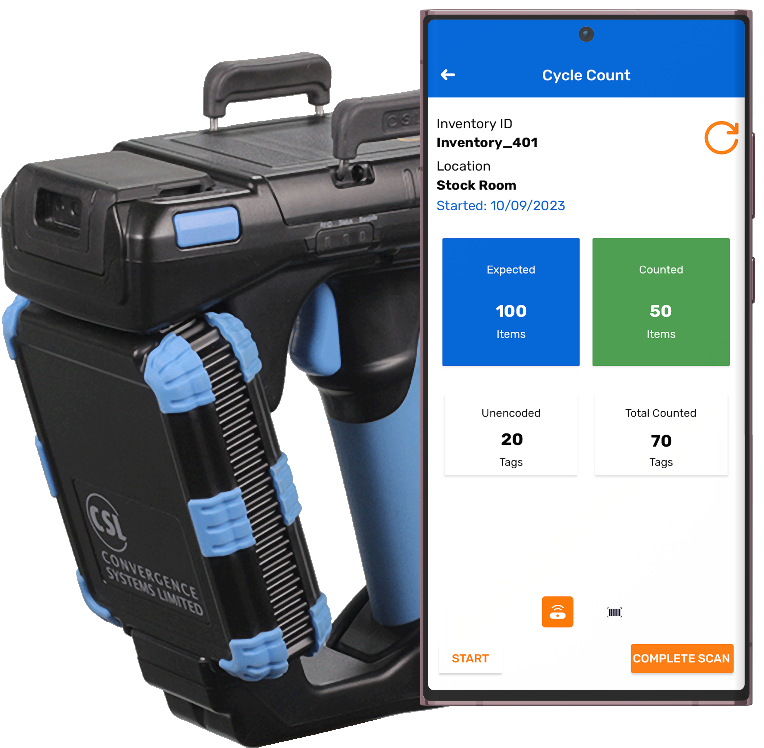
TagMatiks Retail is designed for retailers including:
- General Merchandise Retailers
- Apparel and Soft Goods
- Luxury Goods
- Sporting Goods
- Jewelry
- Bridal
RFID Readers in Retail
RFID readers are a valuable tool for retail businesses looking to improve efficiency and accuracy in various aspects of their operations. RFID Reader software is also important for retail businesses. Here's a breakdown of how RFID readers are used in retail and some popular brands
RFID tags for retail Businesses
Factors depend on when you choose RFID tags/labels for retail businesses
- Tag Size and Form Factor: Tags come in various sizes and shapes (labels, tags, embedded in products).
- Memory: Some tags have more memory for storing additional data.
- Durability: Choose tags that can withstand the retail environment (e.g., temperature, handling)
- Software: RFID retail software is required to read RFID labels and tags.
TagMatiks Retail RFID Software
TagMatiks Retail RFID Software is designed to simplify RFID adoption in retail environments. With out of the box workflows for cycle counting and managing inventory in stores, optimize your inventory management with ease.
Frequently Asked Questions
What are the common challenges of implementing RFID in retail?
How does RFID enhance the customer shopping experience?
What types of products are commonly tagged with RFID in retail?
How does RFID help in loss prevention?
What is the role of RFID software in retail?
What are the benefits of RFID in retail?
- Improved inventory management with real-time tracking of stock levels
- Reduced shrinkage and theft by detecting unauthorized product removal
- Enhanced customer service by quickly locating items and offering personalized recommendations
- Faster checkout by scanning multiple items simultaneously without line-of-sight
- Automated replenishment by triggering reorders when inventory drops below a threshold

